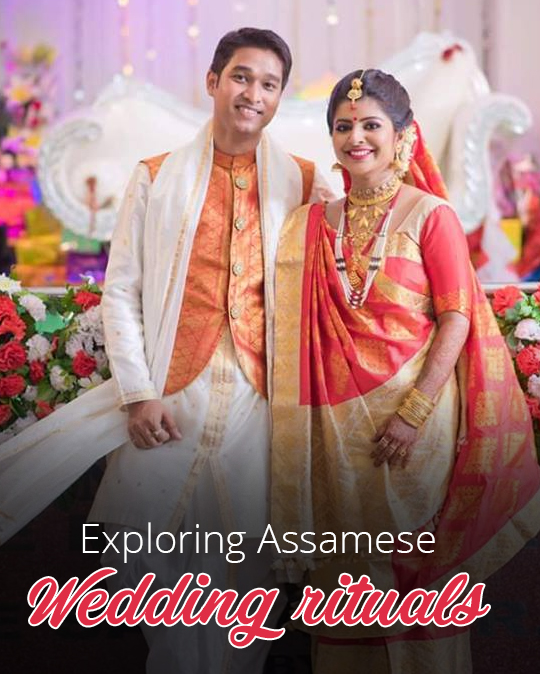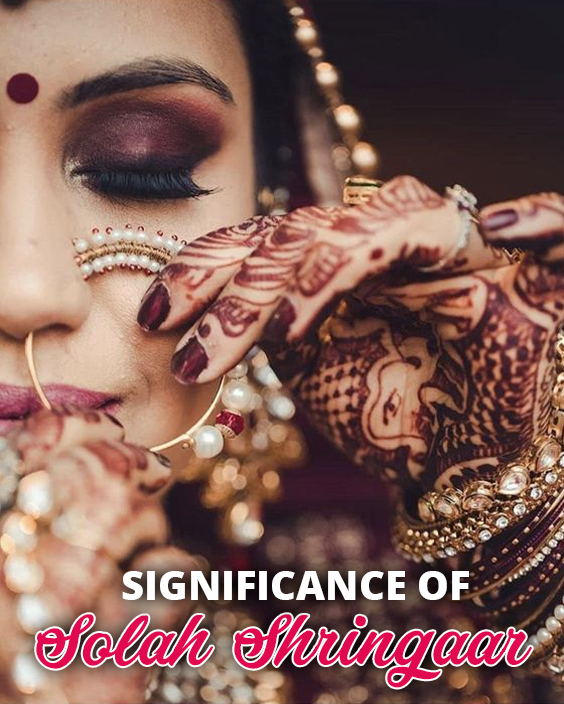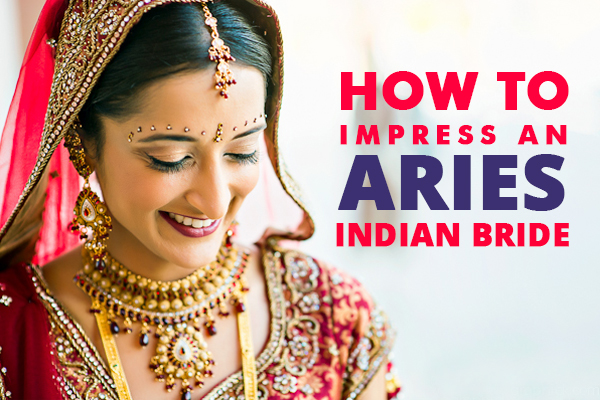In today’s competitive world, we often find both the partners in a marriage, working. This may be either out of choice or a necessity to live a comfortable life. In either case, sometimes couples may find it increasingly difficult to make things work. With both constantly juggling careers and relationship to make time for projects, travelling, long working hours and at the same time, for each other, there may hardly any time left for each other. So much so, that sometimes we may start to feel matrimony being a hindrance to our career growth and then, things may start to change for the worse.
At the same time, having a partner alongside should only prove to be a blessing, both in the professional space, as well as personal. If you follow our guide, balancing career and marriage should no longer seem to be difficult.
Don’t take work home
This may sound obvious, but in practice, it may be hard to follow. Most of the times, it is not the long hours spent in the office, but lack of attention at home that causes friction between husband and wife. Often, when we leave from office, we carry home our frustrations, our unfinished work and sometimes, even grudges. This may tantamount to venting these feelings on to our partner. Agreed, we must communicate with our partners, but it must not become a practice to dump our negative feelings on the other person.
Another golden rule could be to keep the phone away. Yes, try to keep the evening slot for the both of you. This means no work-related phone calls and no emails, as much as possible.
Keep one day for you both
Allocating and reserving one day for you both is a great idea to adopt and follow. Try doing what you love doing – together, as a team! Whether this is shopping or dining or watching movies together. Do things that you both enjoy doing and it may surprise you how you may start looking forward to that one day!
Divide your chores
Times are changing and so are the traditional roles. We may know this, yes, but it may often become a necessity to remind ourselves once a while. Remember, when both are working, by the end of the day a long day at work is enough to drain you both physically and emotionally. Always be aware of this and try to be as accommodating as possible. Putting food on the plate, for example, should no longer be a task reserved for the typical Indian bride or the bahu of the house. If it must be, then perhaps tasks like clearing the table or doing the grocery etc., can be shared by the other partner. This will hold true even later, when the family grows and when the tasks for bringing up of children must be shared.
Having the comfort that you always have someone to take over, in case you have longer hours for few days is a great feeling. And if you are able to manage your relationship by following these simple rules, you will be thankful for being married.





